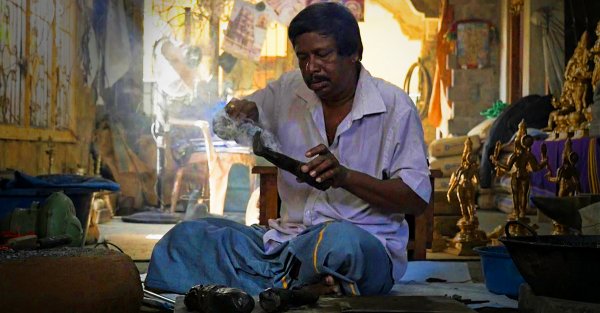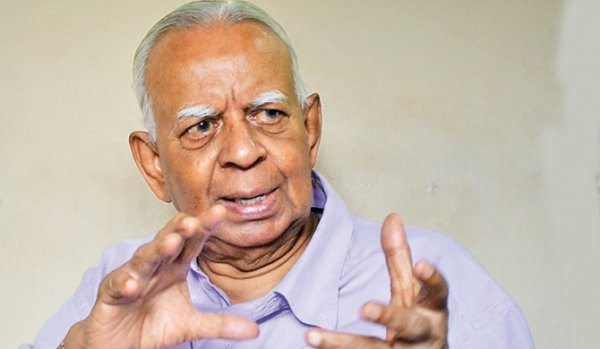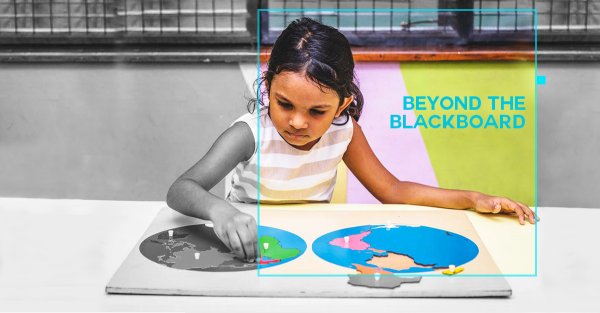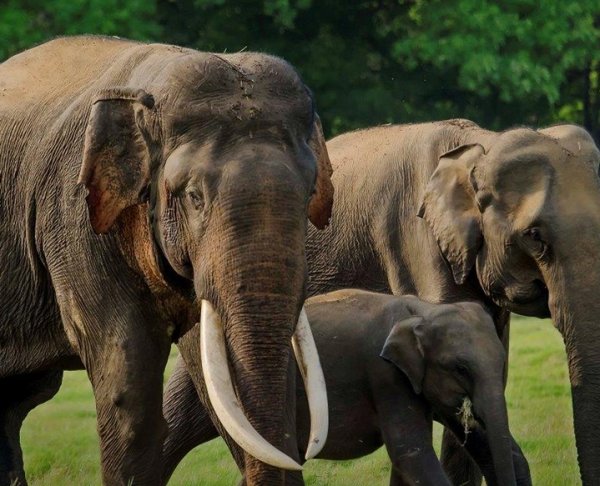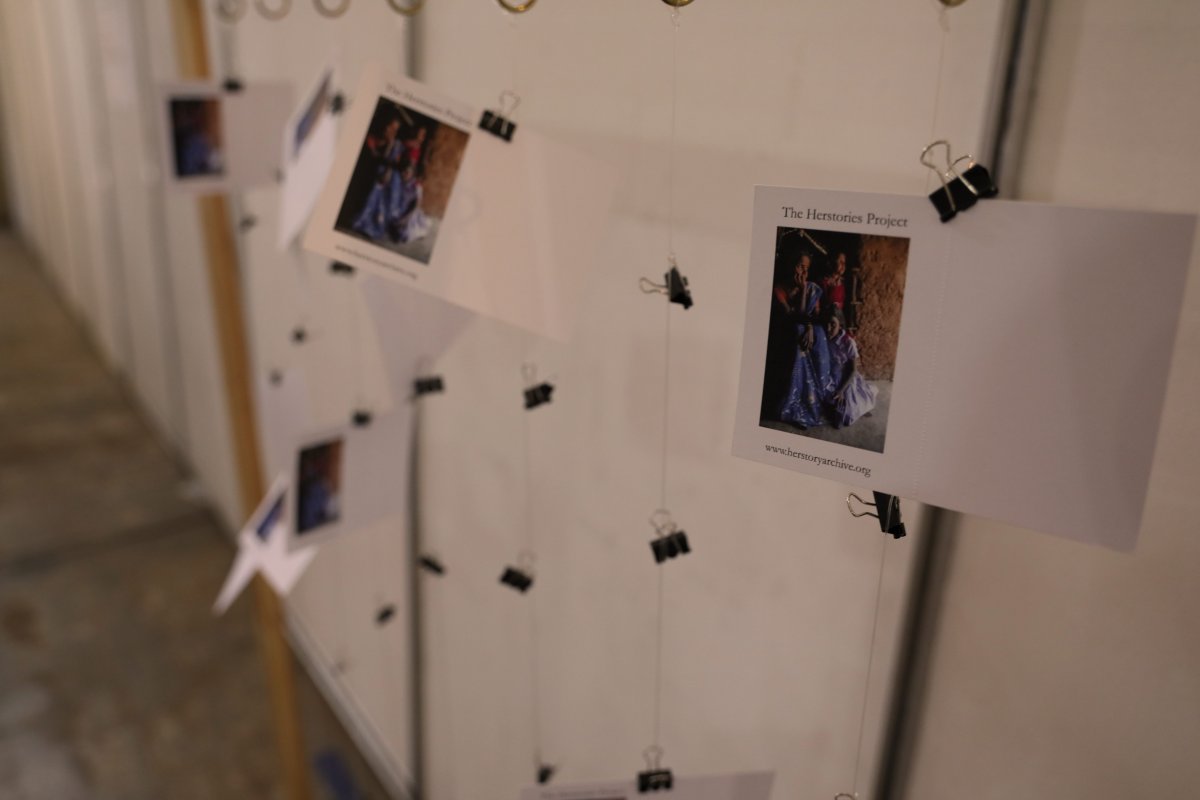
‘It’s About Time’ is a travelling museum that takes visitors on a sensory journey of the past: whether through the smell of freshly mixed pol sambol, the melody of Annesley Malawana’s Ruwan Puraya, or the story of our triumph at 1996 Cricket World Cup.
“The museum is about reflection and dialogue on history and identity in a post-independence Sri Lanka,” explained Johann Peiris, a sociologist and a member of Historical Dialogue, who organised the project. To this end, the museum attempts to bring into conversation the question of how history is made, and pushes us to think about what our relationship to different versions of history ought to be.
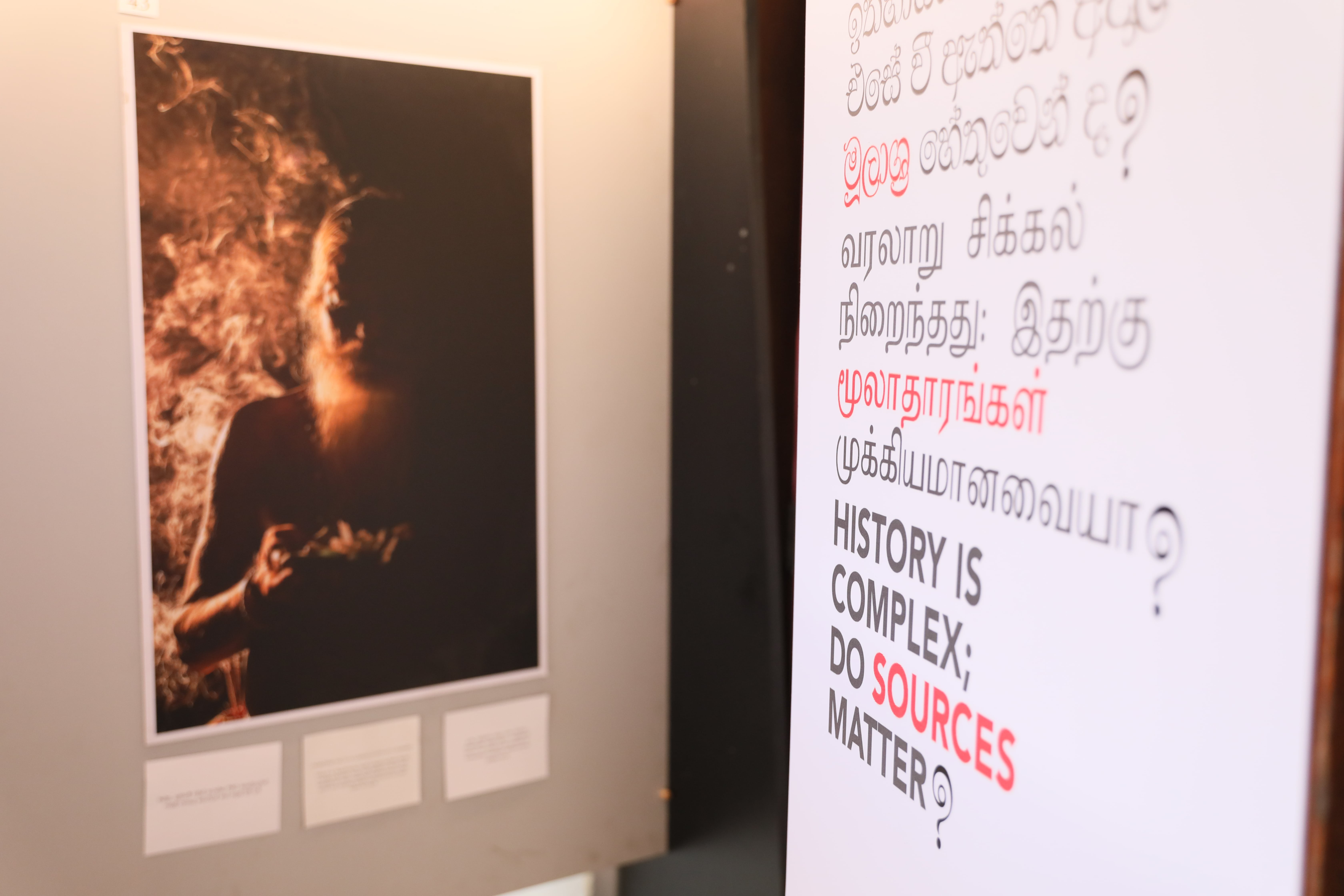
Reflecting On The Past
From Colombo’s beautification project to the evolution of road signs over time, exhibits at It’s About Time emphasise the idea of history as change. This shift of definitions of history—from a fixed catalogue of what has happened, to a malleable intermingling of the past and present—is central to the travelling museum’s spirit. “We wanted the museum to be non-static,” said Peiris. “Just like history is.”
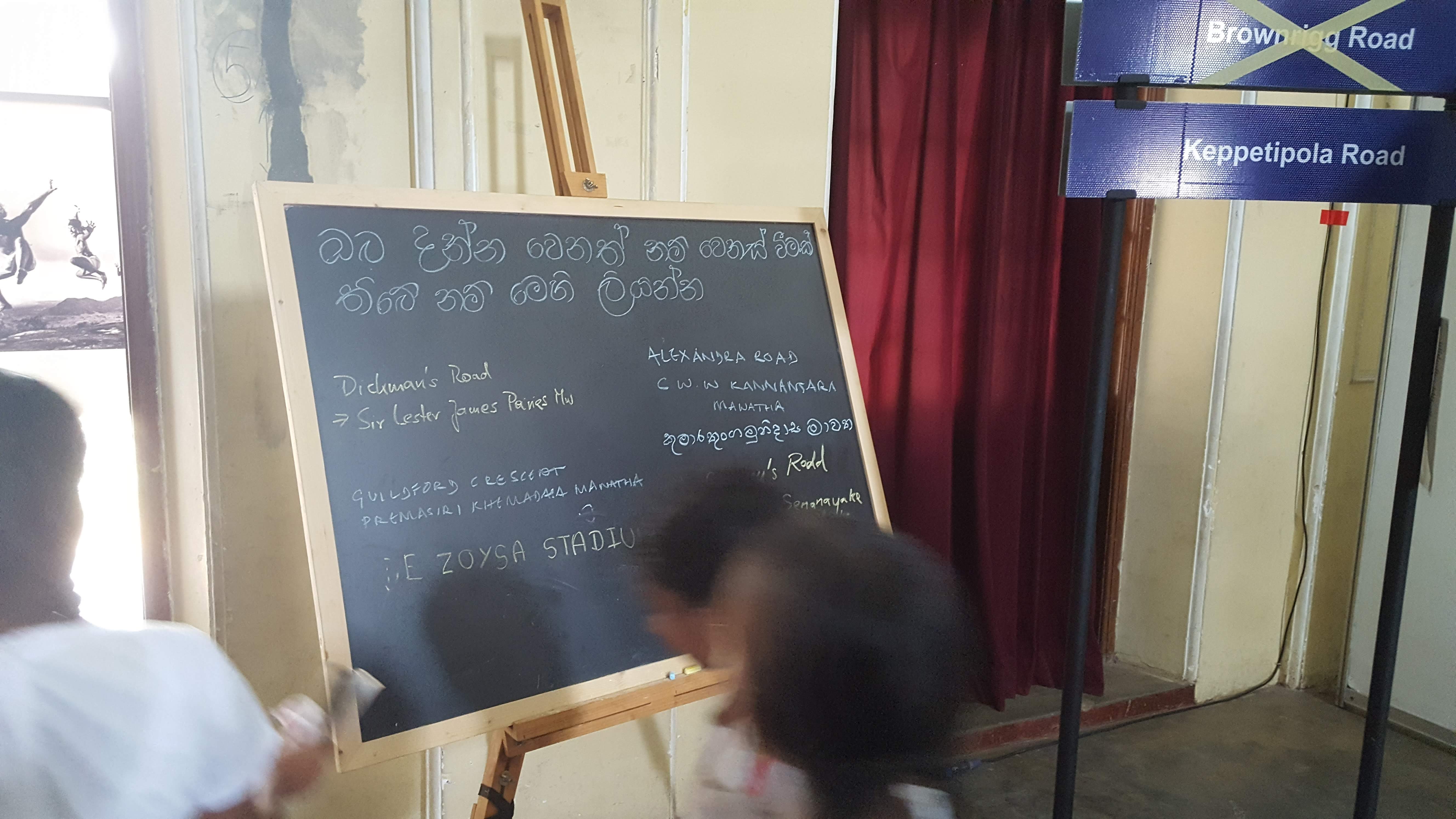
Stories about those on the flip side of history, like those displaced by the gentrification of Java Lane, or the traditional Sri Lankan martial artists suppressed by the British, serve as a reminder of the interaction of power with history: if change is history, then those with the power to change things also determine what becomes history. Remembering this can help us reflect on modern issues too. With fake news making the role of media more important now than ever before, what is our role in creating history, and what effect does framing news in a certain way on social media have?
Historiography, or the methods historians use to develop the subject as an academic discipline, is an important tool to better understanding the past. “History is subjective,” said Peiris. “It’s founded on multiple sources: stories, experiences, and objects.” It’s About Time challenges the dominant narratives of our past — not by denying them, but by adding to them with visitors’ own impressions of their pasts. Installations that use people’s memories of their homes, or that exhibit the recollections of women during the civil war, teach us about the past through individual experiences.
Common histories can help us empathise with each other, and aid in the reconciliation process necessary in a post-war society. Salivating with a crowd over a familiar dish, or collectively humming the melody of a childhood tune works to remind us that the most intimate souvenirs from our past aren’t ours alone. It’s About Time takes this a step further in their project ‘Scripted’, which draws parallels and common origins between the Sinhala and Tamil script. Designers at mooniak, a typography-focused design company, feature work on a typeface that is legible to both Tamil and Sinhala readers. While not completely accurate, the concept articulates this shared written history well, and serves as a reminder that there are similarities if you look close enough.
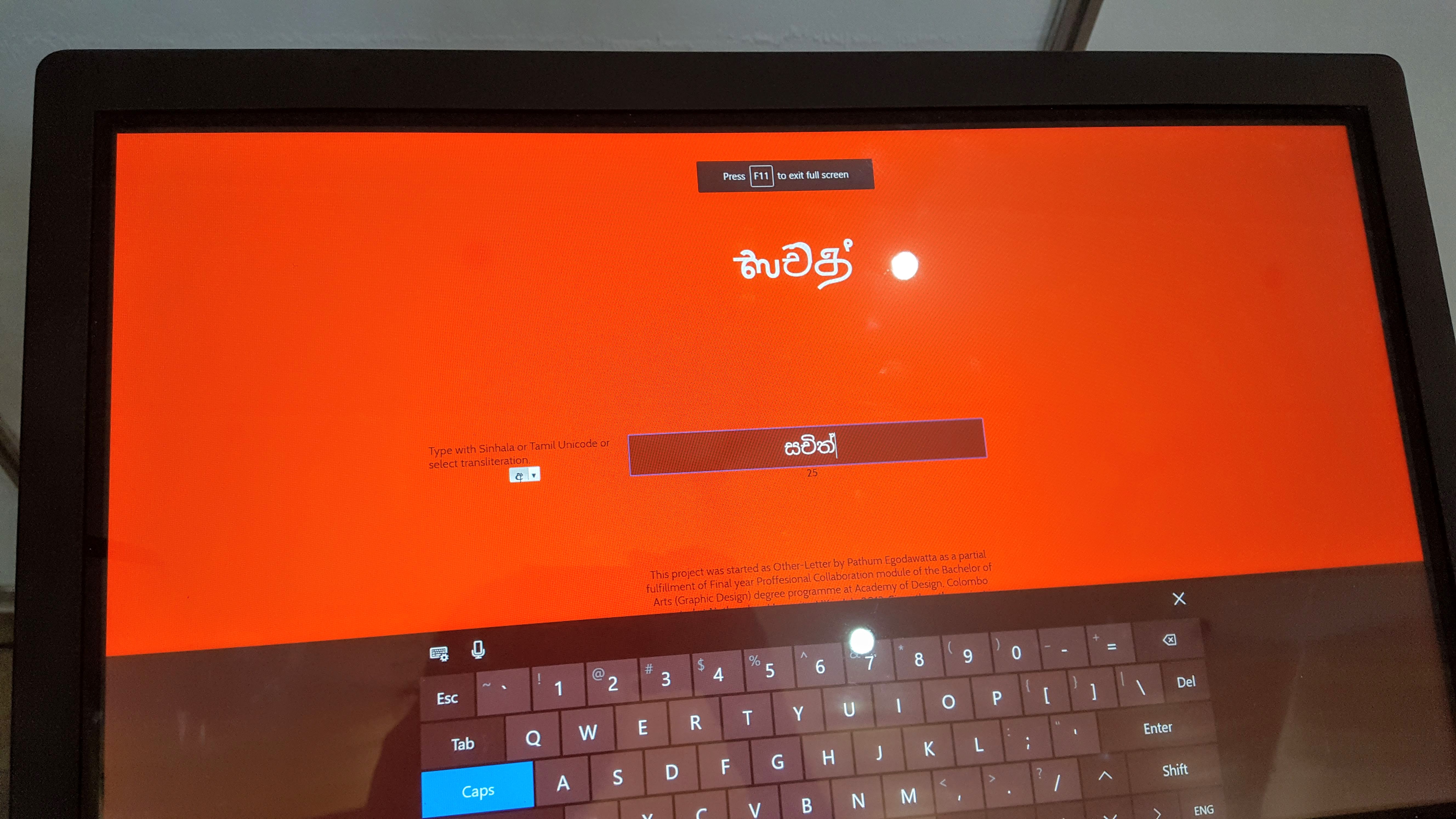
The Travelling Museum
“We took inspiration from the idea of a travelling theatre tent,” said Peiris. “We wanted to capture that energy in a museum.” But it is more than just the museum’s nomadic nature that makes it entertaining and engaging—especially to school children, who are a large target demographic. With a photo booth that allows you to pose after dressing like a Sri Lankan would 70 years ago, and interactive, hands-on activities, It’s About Time works to make museum-going a fun day out, as well as an educational one.
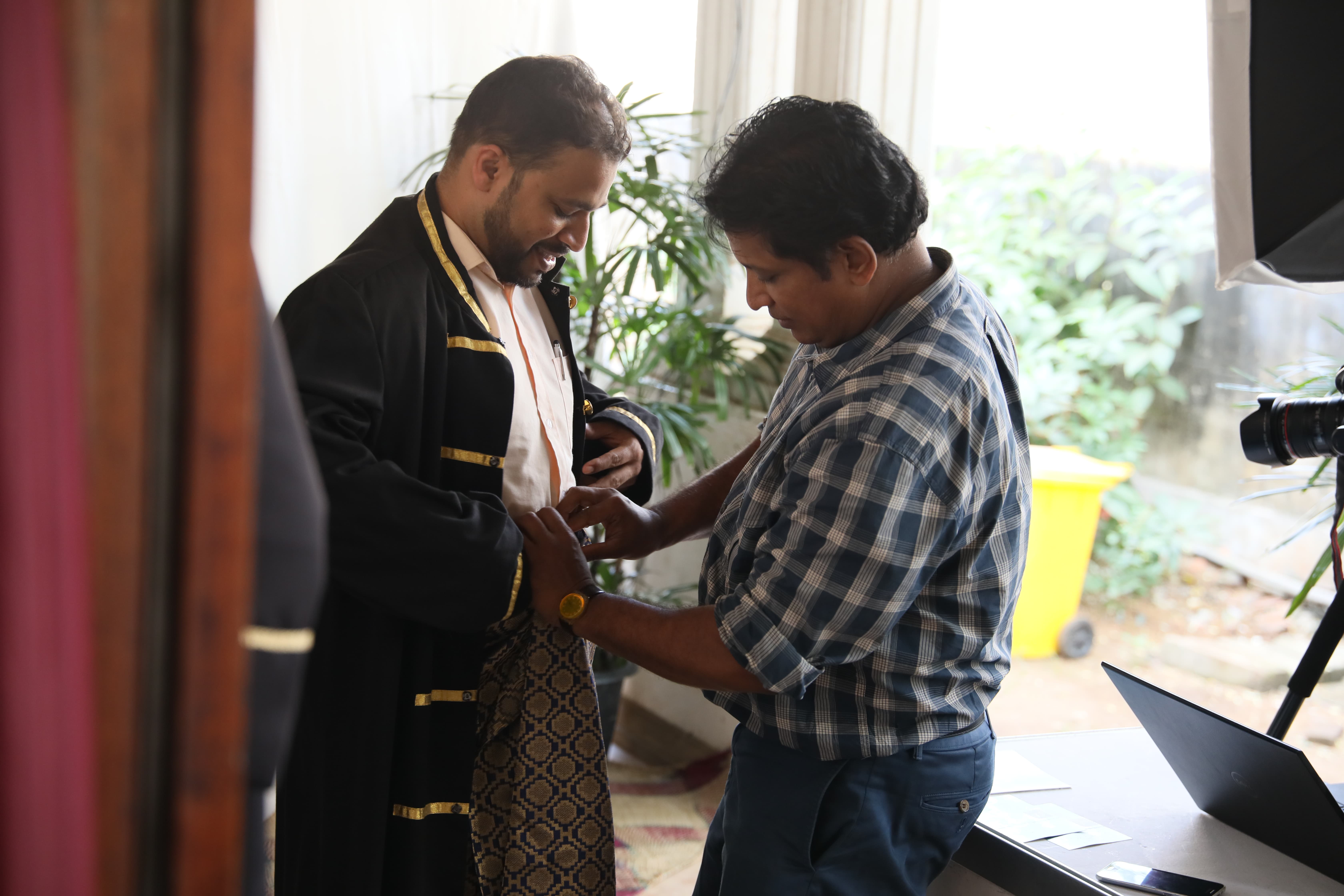
“Traditional museums are stationary,” Peiris said. “[In regular museums] people just brush past exhibits: here you can touch, feel, write, watch, and play. We tried to make our exhibits much more interactive than normal: people have to engage with them as they pass by, and there aren’t so many that you’re overloaded.”
With plans to move the museum to other towns, organisers of the event—which was partly implemented by the Ministry of National Integration and Reconciliation—wanted to make sure it didn’t become centred around the capital. “The current plan is to take this museum to 35 different locations,” explained Munira Mutaher, an organiser from Historical Dialogue. “This is just the pilot, and we are planning two more pilots to move the museum farther and farther away from Colombo.”
Keeping the museum dynamic and mobile allows its organisers to curate each iteration of it to the local community. “The narrative arc of the museum will remain the same but individual exhibits might change,” explained Mutaher. “We have sounding boards in the communities we plan on going to, where we can discuss our exhibits with community leaders to help gauge what context we’re in. We want each iteration of the museum to be sensitive to where it is: maybe one exhibit won’t be particularly interesting in Negombo, for example, or offensive there — we want it to cater to the local community.”
The Moratuwa edition—which Roar Media visited—had an exhibit which asked visitors to share places in Moratuwa that were significant to them, and sonically focused on baila music, because of its historical link with the seaside suburb. “We wanted to capture the trajectory of Sri Lankan history through different music players,” said Peiris.
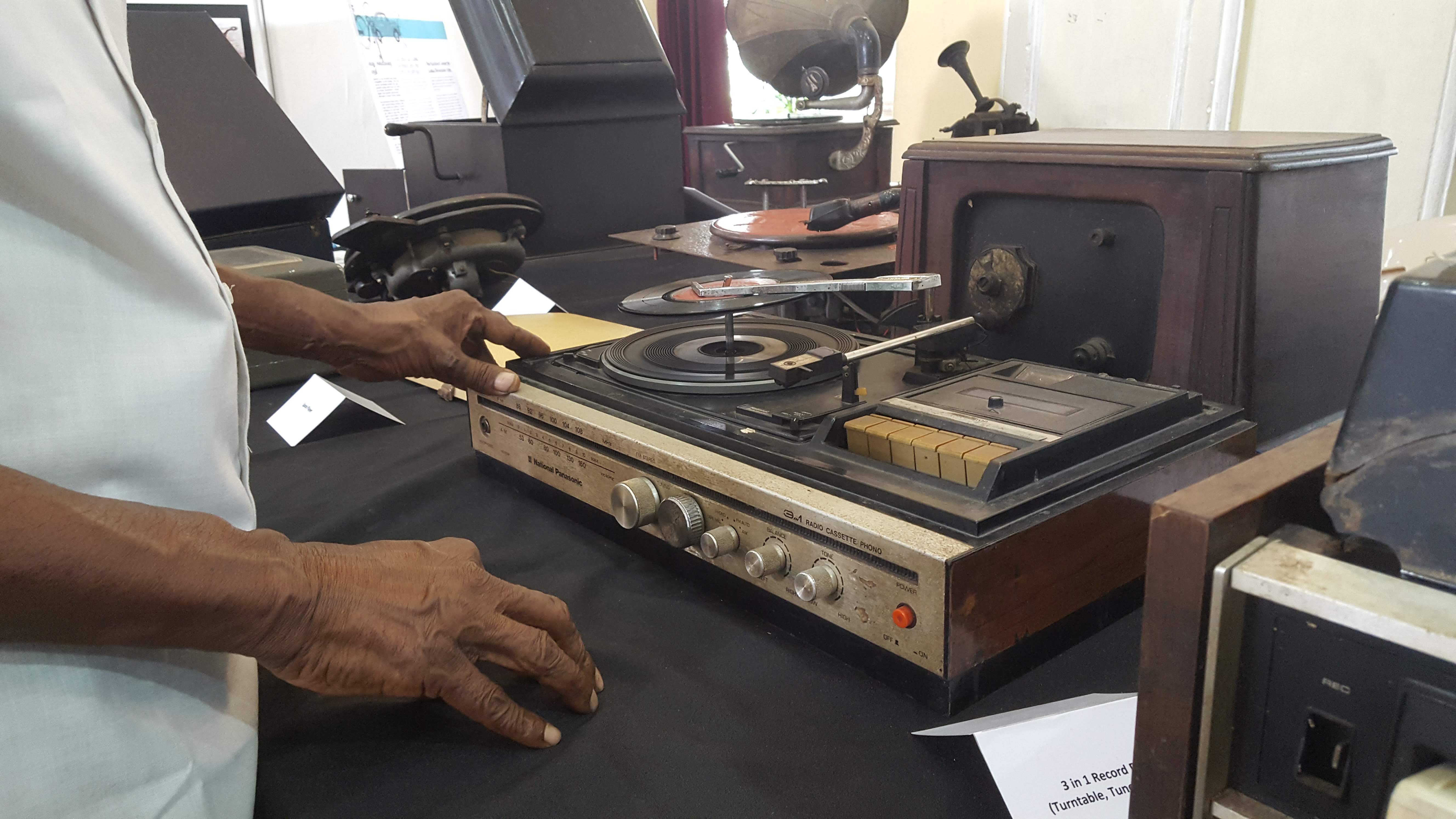
Preliminary reviews from visitors to the Moratuwa event have been positive. “We have to fine-tune a lot of things and iron out the creases, but overall it’s been positive,” remarked Mutaher. With plans for the museum to keep moving over the next three years, there will be room for more location-specific exhibits in the future, and time for the team to keep the museum evolving—just as history does.
DETAILS:
It’s About Time can be visited at the Buddhist Centre Hall in Moratuwa, until Sunday 10 February.
A full itinerary of the events is available at the event page.
Entrance is free, and details about future events across the island will be available via Historical Dialogue’s Facebook page.

